The Article
Q Acoustics Concept 20: With softcore, not hardcore, gelcore
30th October 2016
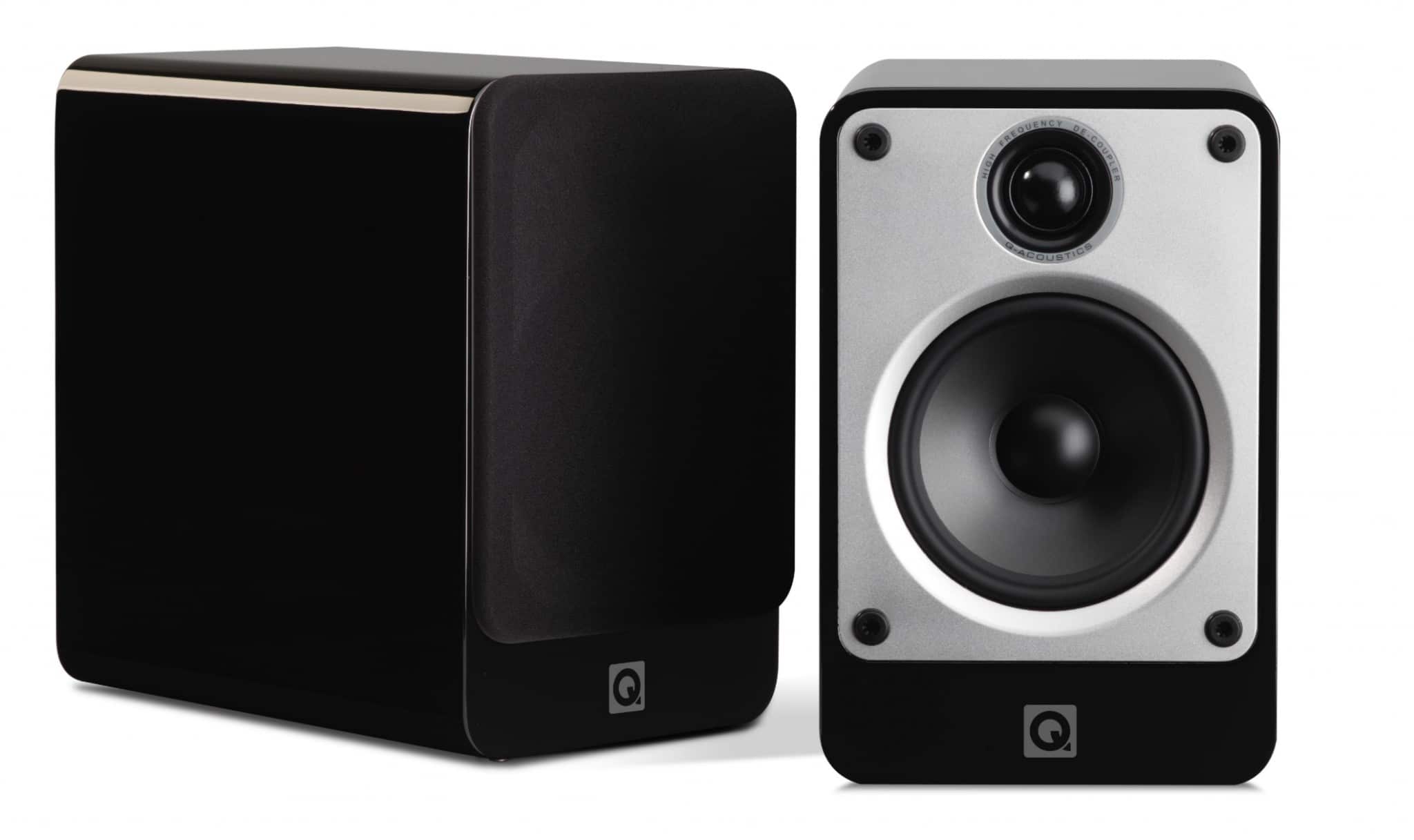
Packing a lot into a small space for a low price, Paul Rigby reviews the Q Acoustics Concept 20 speakers
Q Acoustics have a well deserved reputation for creating value for money designs. Partly because they save money by not owning their own top quality research and development facilities; instead they partner with Fink Audio Consulting, who have those state-of-the-art facilities. Hence, the company gets the expertise it needs but doesn’t have to pass the whole cost of those overheads onto the user.
Fans of Q Acoustics speakers will find some similarity and bear some familiarity with this model and its cousin the 2020i. That 25mm ferro-fluid cooled, soft-domed decoupled tweeter and carbon fibre and ceramic-coated paper 125mm mid/bass unit and, in general terms the cross-over, are all related.
What really makes this particular speaker something to pay attention to is the nicely finished cabinet (available in glossy black or white). It uses a 10mm MDF inner and outer enclosure design. The gap between the two is filled with a substance called Gelcore (an adhesive that never quite sets) which has been designed to reduce panel resonances. Eradicating such potential noise by dissipating it as heat. Although you wouldn’t notice by touching the speaker itself, I have to add.
On the rear, the speaker terminals are mounted on the rear panel via a metal plate (instead of a plastic mounting on the 2020i design). Spanning 265 x 282 x 170mm, the speakers weigh in at 12kg.
SOUND TESTS
I began with female vocal-fronted jazz and Patti Page’s No Moon At All from the stereo 1959 reissue of 1950’s The West Side, fronting Pete Rugolo’s orchestra.
The first point to make during the first few moments of this sound test was just how easy it was to drive the Concepts. I had to dash to my pre-amp to lower the volume by a few notches as the gain zoomed upwards because of the Concept 20’s 86db sensitivity.
Next on the list was the tremendous amount of air and space that was floating around the soundstage. There was buckets of the stuff in evidence as both the vocal and the backing orchestra sounded like they were playing music and simultaneously tripping through the daisies under full sun as the music progressed. Such was the fresh and the spacious aspect of the presentation. The instrumental separation from this space allowed a gamut of fine detail to pop through the wide soundstage. This meant that trumpets were able to project a vibrational effect of the player’s lips as they put effort behind their crescendos, it meant that the subtle and low key piano was easily heard behind the Page vocal mid-song and it meant that the treble-infused cymbals were delicate, frail and almost tender in nature, adding a welcome frisson to the arrangement.
As the the vocal? That seemed to be forward of the soundstage. Page was pushed slightly towards the ear and her voice exuded clarity, lucidity and an accuracy that allowed you to follow every nuance and inflection of her delivery. Despite the warmth and approachable nature of these speakers, they never let up on the focus and precision that is essential to transcribing music accurately.
Onto more dynamic fare and the title track of Porcupine Tree, Steven Wilson’s solo LP The Raven That Refused to Sing And Other Stories. This track begins slowly with a sparse arrangement to enable it to play with vocal harmonies and space. The Concepts never restricted or veiled the midrange or bass during this rather subtle sequence while Wilson’s vocal was precise and strong with his emotional delivery easily captured.
As the track built into a relentless and high energy finale with big drums, momentous guitars and vocal yearnings, the Concepts never get in the way. There is no bass blurring, midrange smearing or any other sonic irritation that would harm the overall enjoyment of this track. The huge amount of sonic information that was thrown towards the ear towards the end of this track could, with many other speakers result in a sort of technological nervous breakdown. The Concept 20s took the track in its stride. The sense of ease was palpable.
Frankly, listening to Wilson on form was a sheer joy. The reason was down to the Concept 20s.
CONCLUSION
The sense of transparency and clarity from the Q Acoustics Concept 20 speakers gives this design such a free, unrestricted and open presentation that listening to music is a real pleasure. I am frankly shocked at the price of these things. If they had been twice this price then I wouldn’t have grumbled in the slightest and they give even more expensive designs a real run for their money.
With the Concept 20s, you never feel that you are fighting with a ‘hi-fi’ design. You never feel that your ears have to encounter irritations or quirks to get to the music. The Concept 20 speakers are like a good waiter: they quietly and efficiently present the music to you and then they bugger off.
Q ACOUSTICS CONCEPT 20 SPEAKERS
Price: £379
Tel: 01279 501111
Website: www.qacoustics.co.uk
To see more specifications on the speaker, click HERE.
You can see more technical details via the video HERE. (Just ignore the, admittedly expected, self-aggrandising script.)
GOOD: clarity, spacious midrange, sensitivity, organic bass,
BAD: nothing
RATING: 9
REFERENCE SYSTEM
Origin Live Sovereign turntable
Origin Live Enterprise 12” arm
Transfiguration Proteus cartridge
Rega P3
Icon Audio PS3 phonostage
Trichord Dino
Aesthetix Calypso pre-amp
Rega Brio-R
Quad ESL-57 Speakers (with One Thing panel upgrade)
Mission MX-2 speakers
Mordaunt Short Aviano speakers
Vertex AQ and Atlas cables

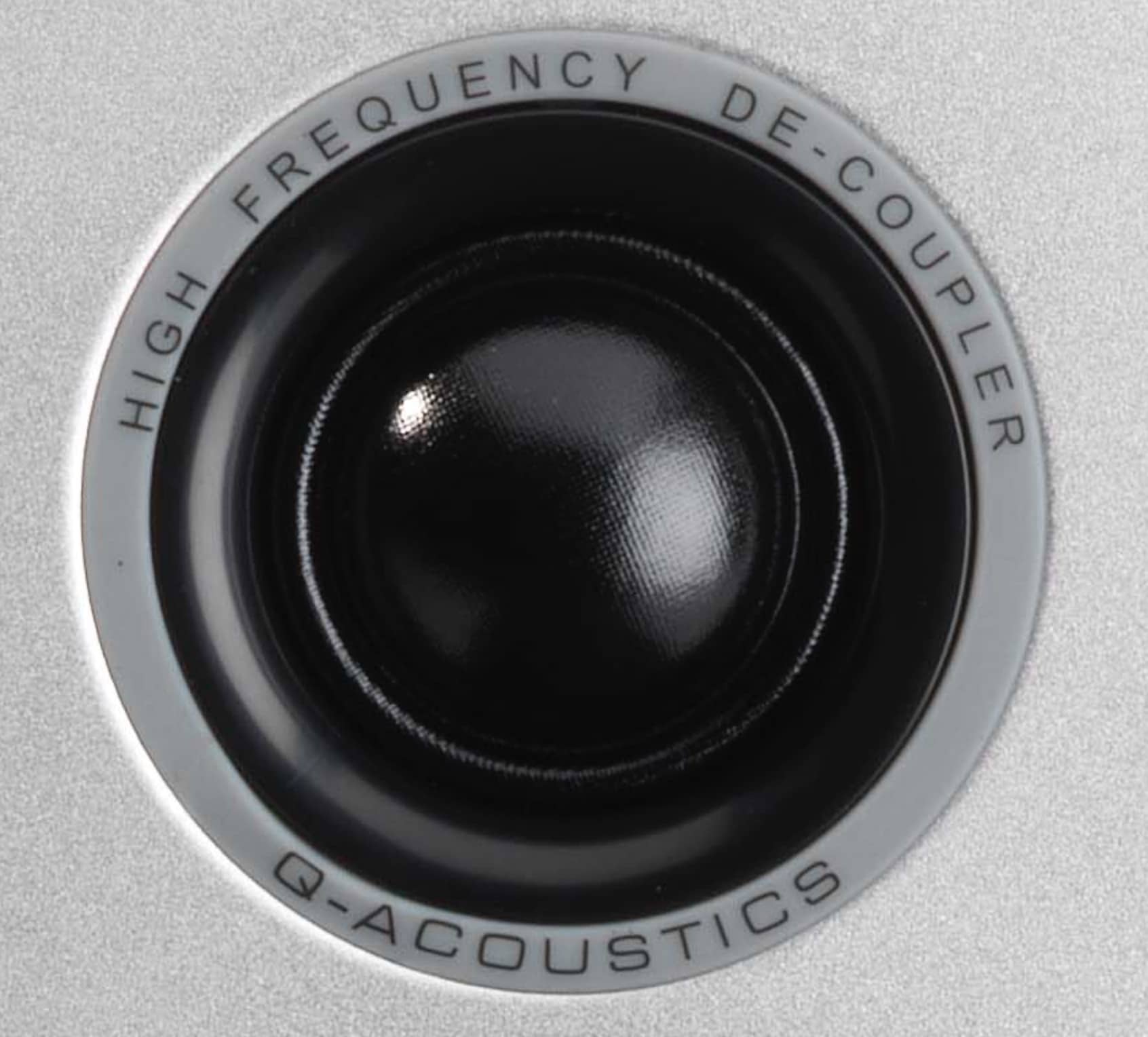
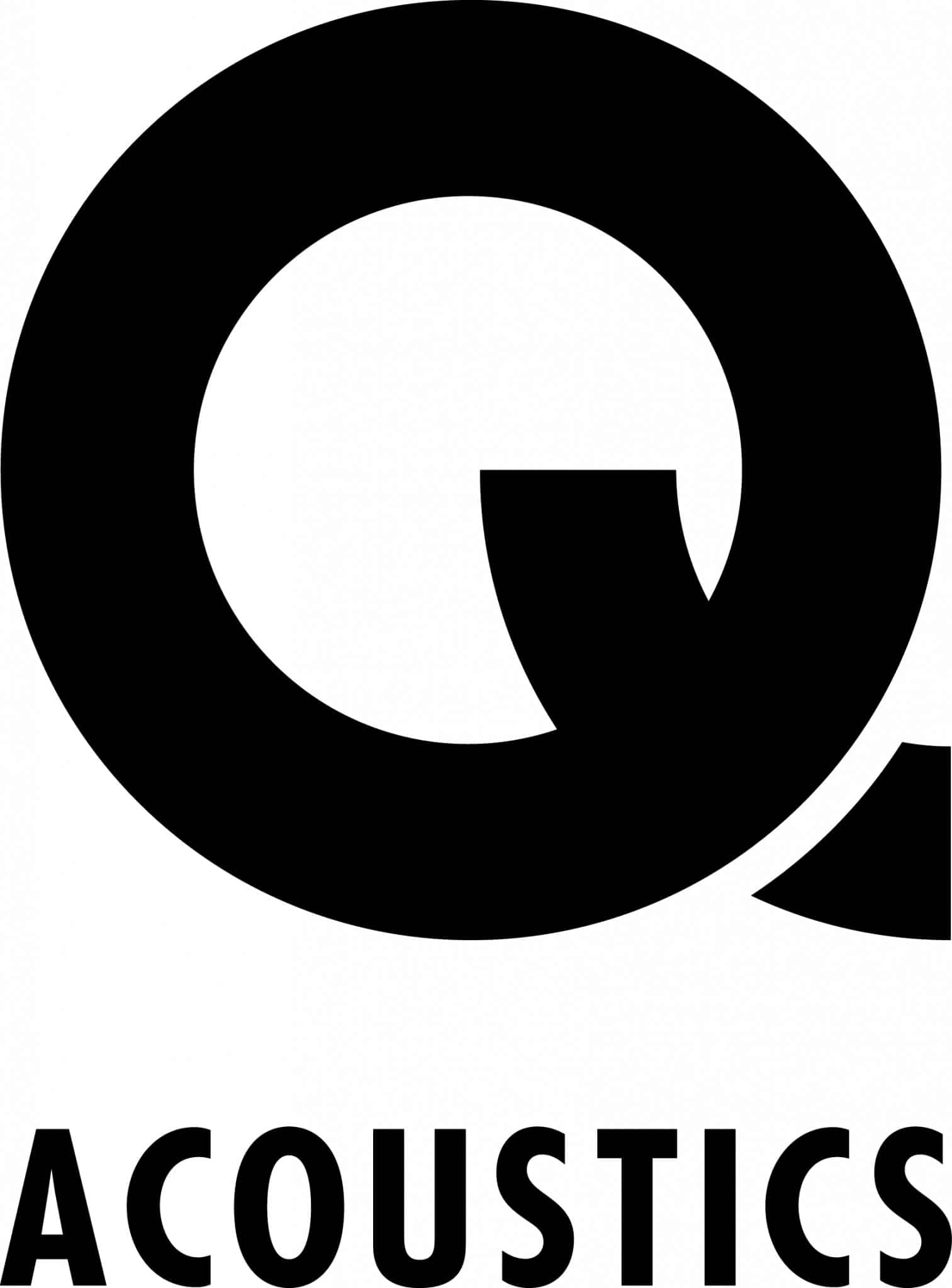
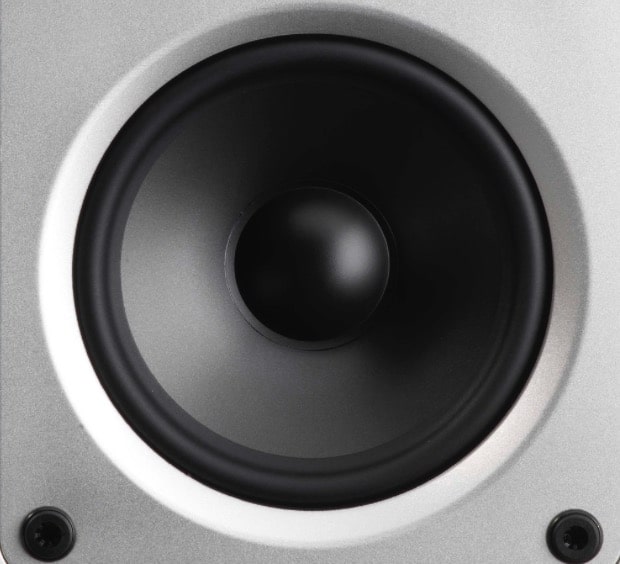
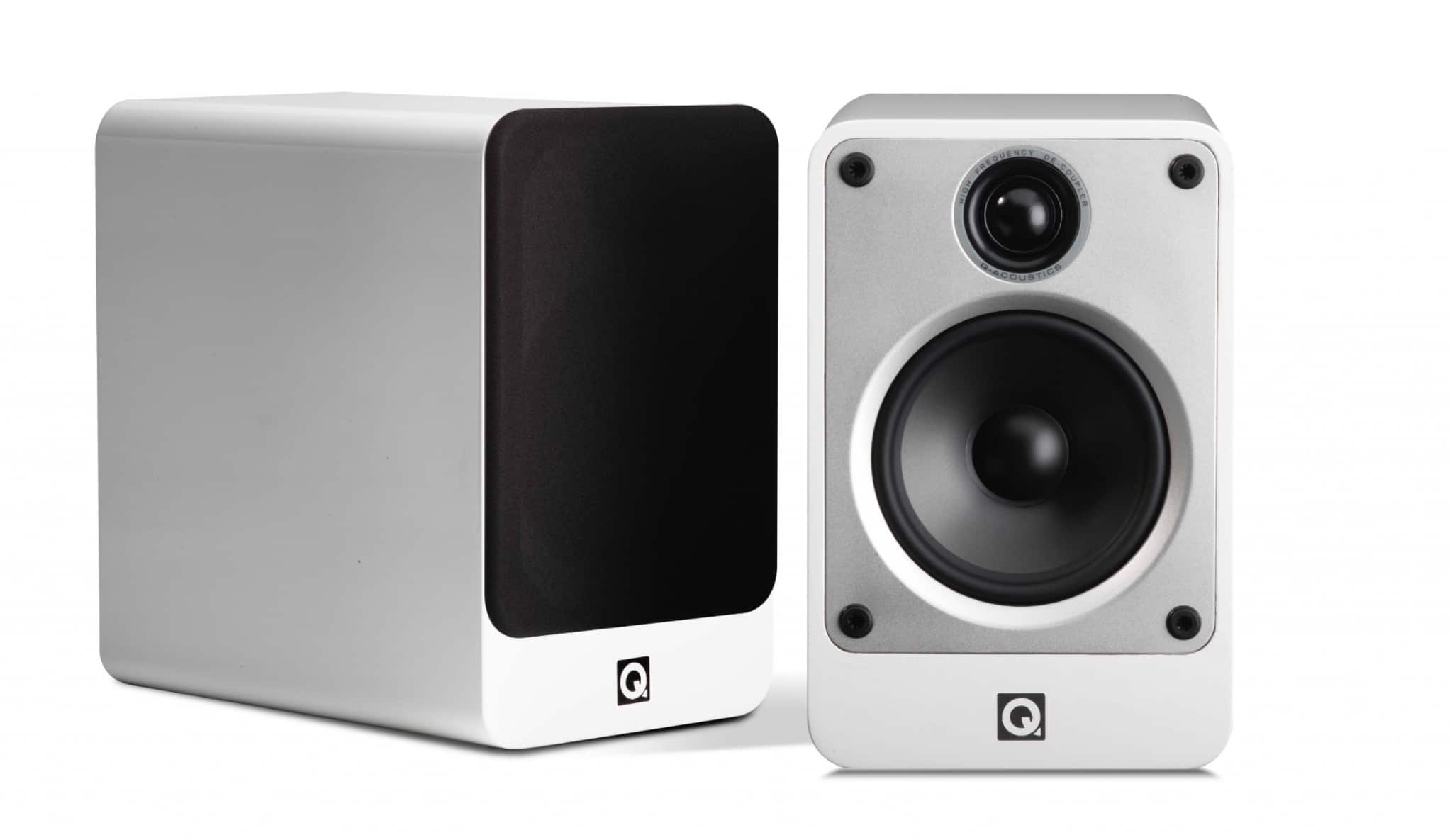

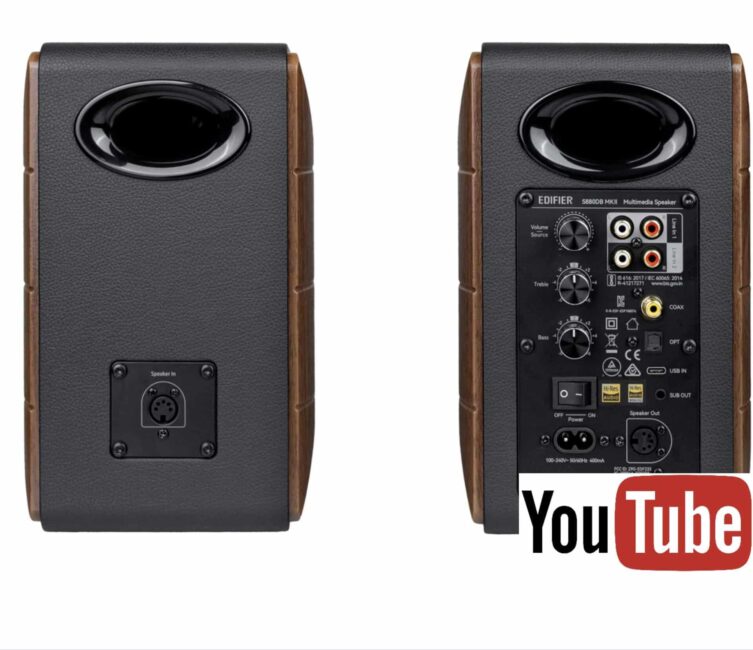
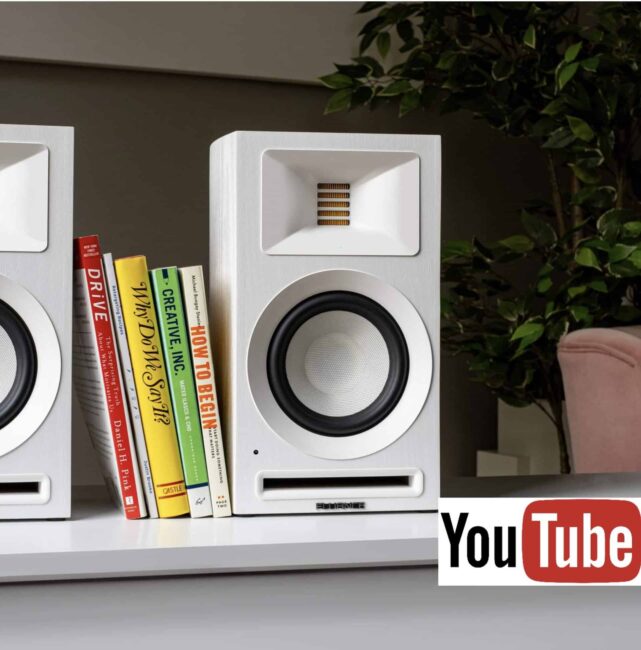
Out of the concept 20’s and 3020i’s which ones do you think are the best now the price is similar?
That is a tough one, Simon. I’d probably go for the 3020i. I wouldn’t be surprised to see an updated pair of Concepts in the future though – no inside info, just a hunch 🙂
lf you would “probably go for the 3020i s”, Paul, why did you tell me to “go for the Concepts, if you can grab a deal”, just a few days ago, when l asked you the same question. ???
It depends on the deal, to be honest. If the two are priced exactly the same then I’d go for the Concepts, if the Concepts are in the region but a bit more then I’d plump for the 3020i speakers. Both are excellent speakers and you can’t go wrong with either choice.
Sorry to put you on the spot, Paul, but on the face of it, you did contradict yourself. And l’m only trying to find out, which of the two, would be best, for me. (l posted my “PS” post, ((& then went off)) before l received your “and incidentally” post.)
l asked you that same question a few days ago in a post, on your Lenco L-3808 review under my Twickeree moniker.
But going back to your reply, l was looking at the two speakers for their merits really, and not which one has the best deal.
lncidentally, the Concept 20 is the cheaper of the two.
l hope that explains everything clearly.
I’m sorry if you are unhappy with my advice. It seems that Q Acoustics have initiated a series of price changes and they have undergone tweaks. For example, your price change figure of the Concept 20s down to ¬£275? Well, I’ve now seen figures as low as ¬£169. Hence, these figures have been rather fluid and my advice understandably looks a trifle out of step upon reflection. That said, I have already advised you, in more general terms, that you cannot fail with either speaker set so either choice, I repeat once more, would be fine. You have my reviews to aid your final decision and now a choice of price points. For any further information, I recommend a demo.
Finally, if you are going to initiate a conversation, can you not then jump to another thread half way though it because other readers might also be following it. They may have benefitted from the conclusions.
By the way, l thought that the 3020i, was, an updated Concept 20. Because l read that the insides of the Concept 20, are the same as the insides of the 3020. (before the i model). That’s why l have hesitated in buying the Concept 20, and asked you which you thought was the better speaker. Even so, on paper, at least, the Concept 20 still looks a very good speaker. Not that l’ve actually heard one, though.
l am very happy with your advice that the two speaker sets are both excellent choices. And in trying to make up my mind which one to get, l was just trying to get your opinion on, – of which one is the better, “on their performance and spec’s”.
l was always leaning towards the Concept 20s, so can you tell me where you saw them for £169, please.
Did l jump to another thread? l wasn’t aware of that.
You‚Äôre right, they were stands. Which reminds me not to answer reader‚Äôs questions five minutes before I go to bed. 🙂
Hi Paul
I see you have a Brio R. I also have one driving Concept 20’s funnily enough. The Brio R really drives them hard. But my room is quite small. What do you think of the Brio R even though the new Brio is out. I have a CD6006 as a source.
Hi Peter – I like the older R, its a good amp. If you were considering an upgrade, for example, I’d be looking at a higher end model.
Hi Paul , yes for sure an Elex-R as here in South Africa the price of the Elicit would be prohibitive. Be before that maybe a better source.